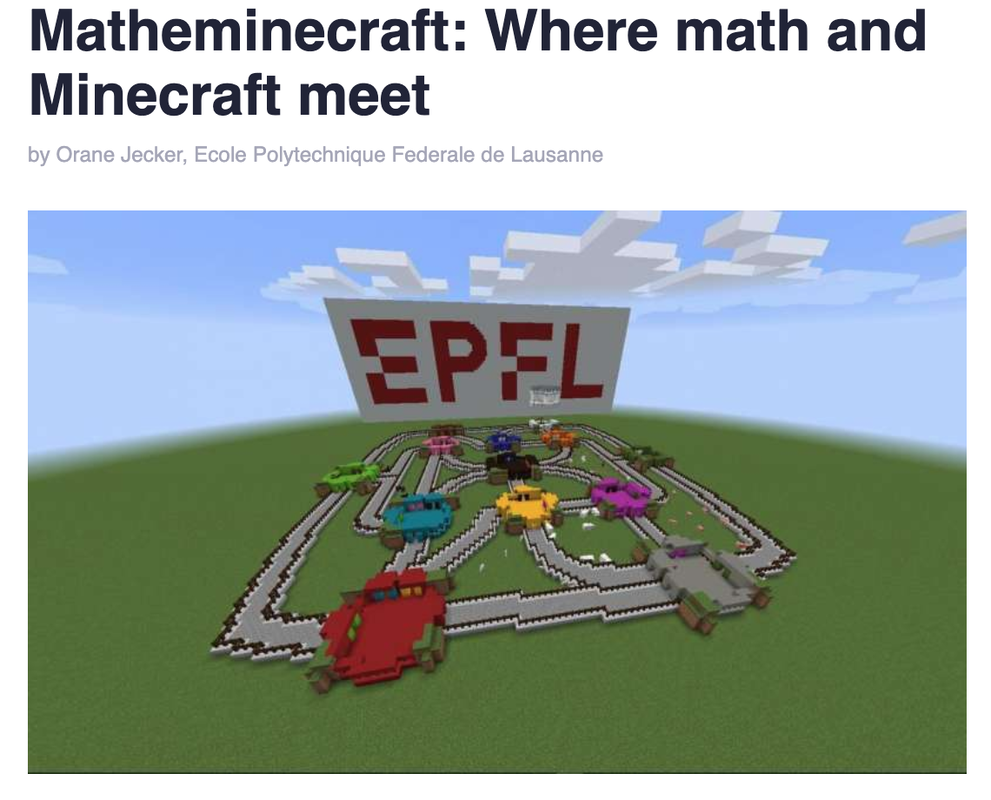Luciana is another Tech student who I have gotten to teach ALL five years at King George (lucky me!!). In grade 8 and 9 she was quiet... like SUPER quiet. Then, slowly but surely the real Luciana has emerged (I will avoid a butterfly metaphor here for Luciana's sake only. I don't want to embarrass her or anything). :)
Now that I have gotten to really know Luciana I see what a fascinating person she is. She is very artistic (trying to remember what animal you made in that Math 10 slopes project. I KNOW it was very impressive, LD!). She loves really good music... great taste! She is thoughtful and inquisitive and kind.
Plus, Luciana has a fabulous sense of humour. She spends a LOT of time in my classroom (again... lucky me!): lunch time, free blocks, Foundations 12. And when I picture her in my class I almost always see her laughing. Laughing with Ryan. Laughing with Marko. Laughing with Seraphina. Laughing with (or AT) me. One of my favourite things is when I make a particularly bad joke (common) and Luciana releases this disgusted PFFFFFT sound. Or, sometimes, if she DOES find something I said funny, she gives this little gasp / laugh noise. Very endearing!
But the BEST thing about Luciana... she always gives me her dill pickle from her take-out lunch!!! Nicest thing someone could do for me. Sometimes, if I am at a meeting or something, I will come back for the start of third block and her little container will be sitting there waiting for me, with that lovely treat inside (my mouth is watering -honestly - just thinking about it). It always makes me feel pretty awesome that someone would do such a nice thing for me... even when I'm not there to receive her gift directly.
I admire you so much for your determination and persistence, Luciana. I know that Math is not your favourite thing in the world but you have never complained, never wavered in your work ethic, never stopped trying your best. I can ask nothing more from my students. No teacher could!
It has been a joy to teach you, Luciana. Thanks for all the laughs we have shared, both in and out of class. You truly are a unique, talented, and special person and I will miss you so much next year. May you never lose your gentle nature and your wonderful sense of humour. Love you, Luciana!








 RSS Feed
RSS Feed